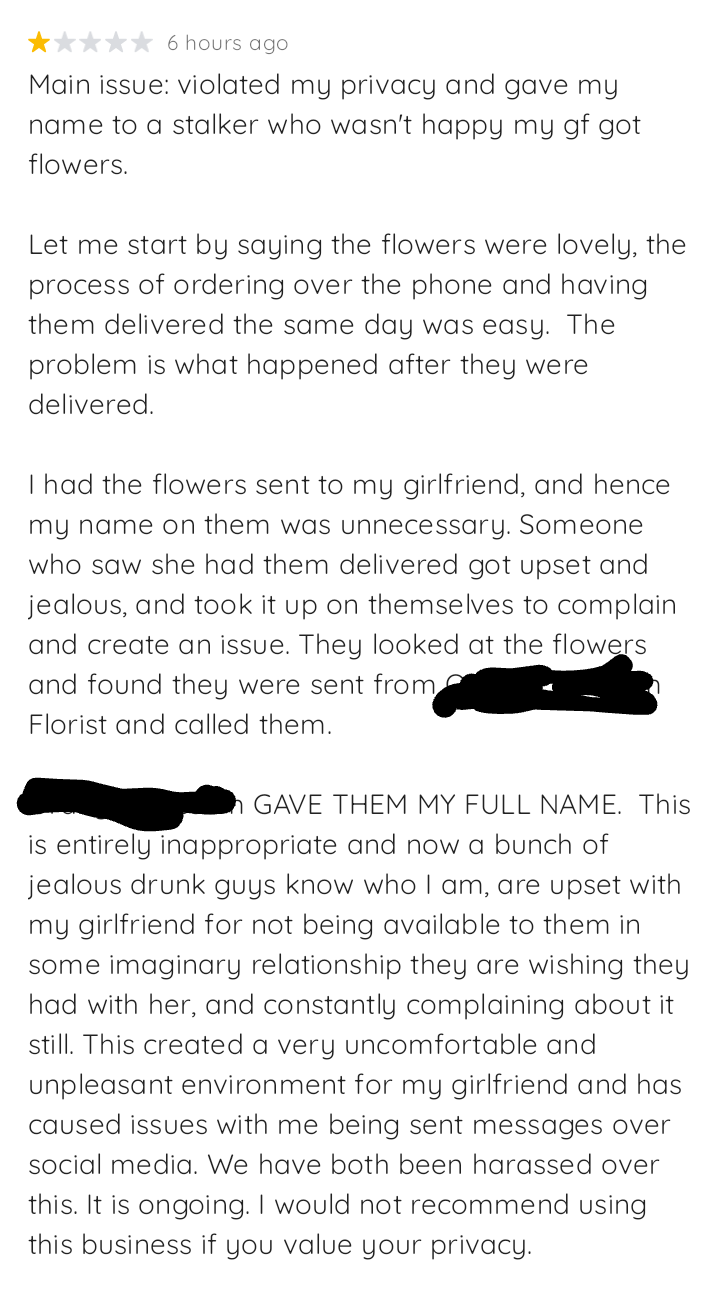Is Sending Flowers Harassment?
There’s a delicate line between romantic gestures and actions that can be construed as intrusive or even harassing. Sending flowers might seem like a classic token of affection, dating back centuries as a way to express one’s feelings. However, in today’s context, where personal boundaries and consent are of paramount importance, understanding the nuances is crucial.

Imagine this: You’re at work, buried under a pile of documents, and a delivery person walks in with a bouquet of red roses. On the surface, it might appear innocent, but the undercurrents could be far more complex. What if the sender was someone you’ve recently indicated you’re not interested in? This scenario isn’t just a question of romantic misinterpretation but touches on deeper issues of personal autonomy and respect.
The critical aspect here is context. Flowers are a universal symbol of love, friendship, or even condolence, but their meaning can shift dramatically depending on the relationship between the sender and the recipient. When flowers arrive from a suitor you’ve shown no signs of reciprocating affection to, the gesture can rapidly feel like an overstep, an attempt to sway or pressure your emotions or decisions. This is where the idea of harassment comes into play. Harassment is defined by its non-consensual nature, and despite good intentions, sending flowers can fall under this category when:
- The recipient has previously indicated disinterest or discomfort.
- There is an existing restraining order or clear boundaries set.
- The delivery of flowers is used as a means to gain attention or force interaction.
Moreover, cultural connotations add another layer of complexity. In certain cultures, white flowers might signify death over romance, or an overly elaborate arrangement could appear as a display of affluence meant to impress or intimidate. Here, intention versus perception can diverge significantly, making the simple act of sending flowers a potential field of misunderstanding.
The legal perspective also weighs in, recognizing that persistent unwanted contact, including gifts like flowers, falls under stalking or harassment laws, depending on jurisdiction. A bouquet here or there might not be enough to constitute legal harassment, but when paired with repeated attempts to make unwanted contact, the situation escalates.
So, when is it safe to send flowers? Consent is key. If there is mutual interest, and the gesture is appreciated, the beauty and thought behind the bouquet remain intact. However, always err on the side of caution. Instead of a surprise that might leave room for misinterpretation, consider:
- Discussing or indicating your intention before sending anything. This respects the recipient’s autonomy.
- Acknowledging rejection if it’s been made clear and respecting those boundaries by not sending gifts or making further gestures.
In wrapping up this intricate discussion, we must recognize that while sending flowers can be a deeply romantic or thoughtful gesture, it can also be seen as an imposition or, at times, harassment without the right context. The message behind the bloom isn’t just in the petals but in the understanding and respect for the person receiving them. Navigating the fine line between affectionate outreach and an overbearing presence requires a keen sense of empathy and awareness of boundaries, making the act of giving flowers a thoughtful endeavor in our interconnected society.



